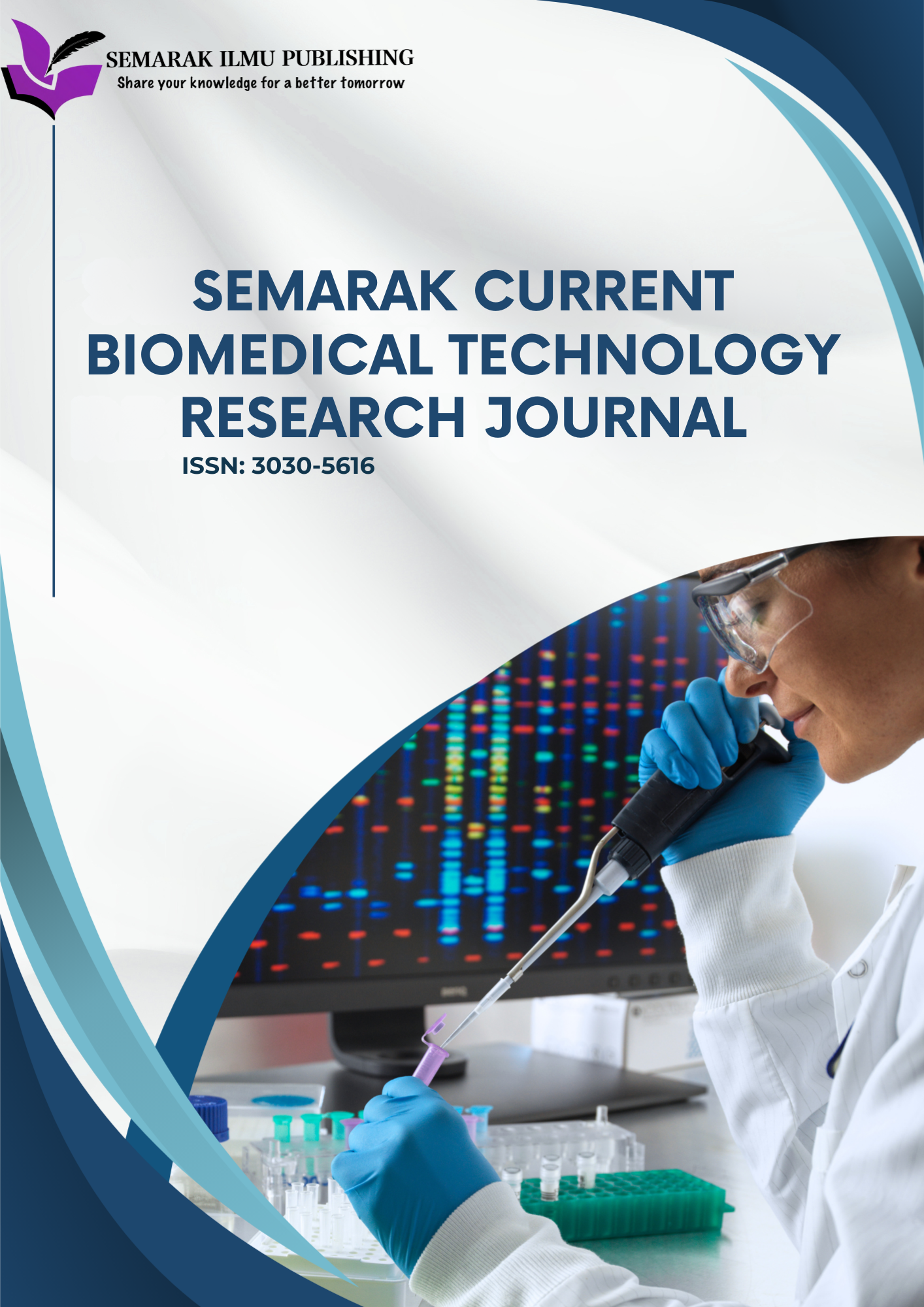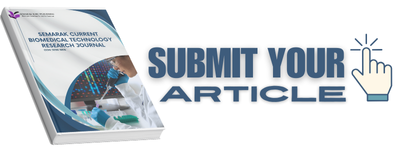Enhanced Endothelial Cell Growth on NaOH-Treated Electrospun PET Coated with Fibrin
DOI:
https://doi.org/10.37934/scbtrj.3.1.19Keywords:
Electrospinning, PET, NaOH, surface treatment, fibrinAbstract
Polyethylene terephthalate (PET) hydrophobic nature may lead to problems, particularly protein absorption, when used for biomedical application. Thus, NaOH surface treatment was introduced towards electrospun PET fiber, to improve the hydrophilicity of the fiber. This investigation involved treating electrospun PET fiber with sodium hydroxide (NaOH) at 65°C for one hour. Fibrin gel was subsequently applied to NaOH-treated samples and uncoated PET for comparative analysis prior to the seeding of human umbilical vein endothelial cells (HUVECs) for durations of 2, 4, and 6 hours. The NaOH treatment led to increased hydrophilicity attributed to the presence of carboxyl and hydroxyl groups, as verified by EDS mapping data. Following the application of fibrin gel to NaOH-treated PET, in vitro culture with HUVEC cells demonstrated enhanced cellular growing up to 6 hours of culture. The PET fibers treated with NaOH and coated with fibrin were demonstrated to attract HUVEC cells and enhance endothelialization.
Downloads









